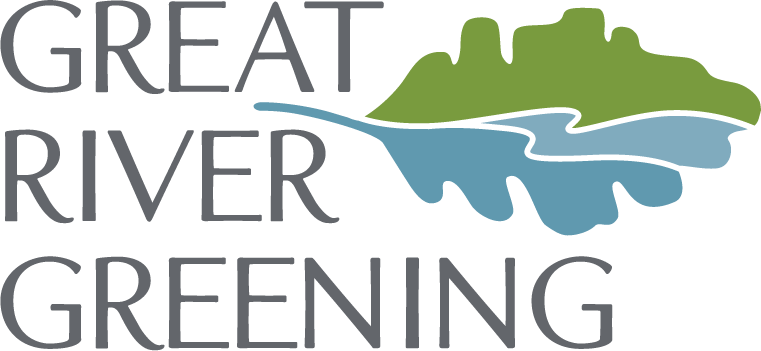Great River Greening Receives National Monarch Conservation Fund Grant
SAINT PAUL, Minn., Aug. 29, 2016 – The National Fish and Wildlife Foundation (NFWF) has awarded Great River Greening (GRG) a $110,916 grant to support the recovery of monarch butterflies.The grant is being funded by the Monarch Butterfly Conservation Fund (MBCF), an initiative established by NFWF in 2015 and financially supported by Monsanto Company, the U.S. Department of the Interior’s U.S. Fish and Wildlife Service, Bureau of Land Management, U.S. Geological Survey, the U.S. Department of Agriculture’s Natural Resources Conservation, and U.S. Forest Service.GRG is one of 22 nonprofit conservation organizations, government agencies, and other stakeholders to receive an award, and the only MN organization. The $3 million in grants will draw nearly $6 million in matching contributions, generating a total conservation impact of $9 million.“We are excited to be a part of conservation efforts to restore the monarch butterfly and its natural habitat,” said GRG Executive Director Deborah Karasov. “Through a series of shovel-ready projects, we will raise the Monarch habitat in this key ecoregion to an exceptional level for breeding and migration, and provide a conservation model that includes community engagement and multi-level partnerships.”GRG will use its grant to improve monarch habitat on more than 500 acres in the greater Twin Cities areas of Minnesota. Working with an array of federal, state and local partners, the project will enhance seed mixes and sustainable seed collections, engage the community in local work through a Million Milkweed Initiative, and restore milkweed and other pollinator plants for monarch butterflies.“It’s been less than two years since the launch of the Monarch Butterfly Conservation Fund,” said Jeff Trandahl, executive director and CEO of NFWF. “But already, conservation professionals and volunteers across the country, like GRG are hard at work restoring habitats that allow these beautiful creatures to complete their incredible, multigenerational migration. Theses grants will accelerate those conservation efforts, providing swift support to a wildlife population in dire need of help.”Many of the agencies that received NFWF grants will work with private landowners to produce, collect, distribute and plant native milkweed and nectar plants which serve as the primary food sources for monarch butterflies and caterpillars, respectively.Over the past 20 years, the North American monarch population has plunged from 1 billion to fewer than 60 million, due to many factors, including loss of critical habitat. The Monarch Butterfly Conservation Fund is designed to leverage the investments made by federal agencies with additional funding from private and public donors as well as matching resources from grantees. To learn more about the National Fish and Wildlife Foundation’s work on monarchs as well as the 2016 grant recipients, visit nfwf.org/monarch.com.
